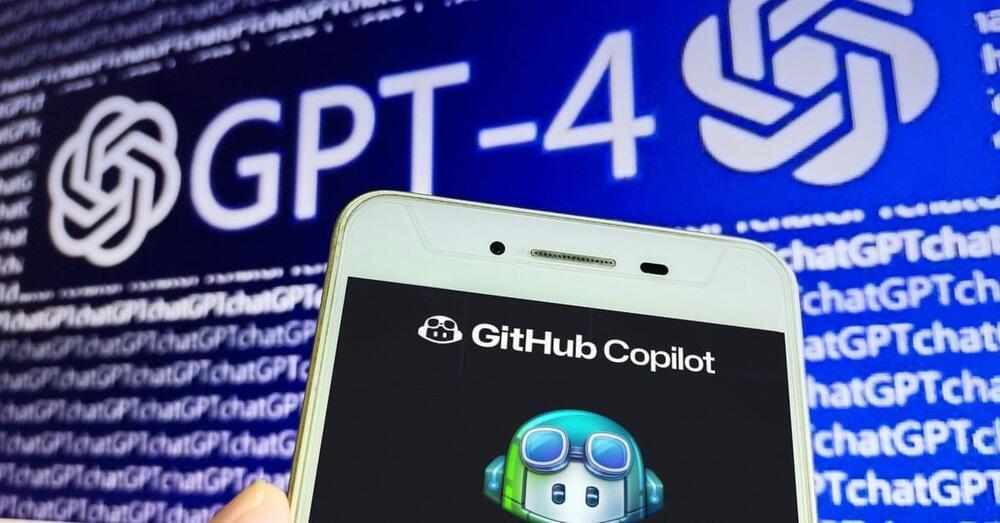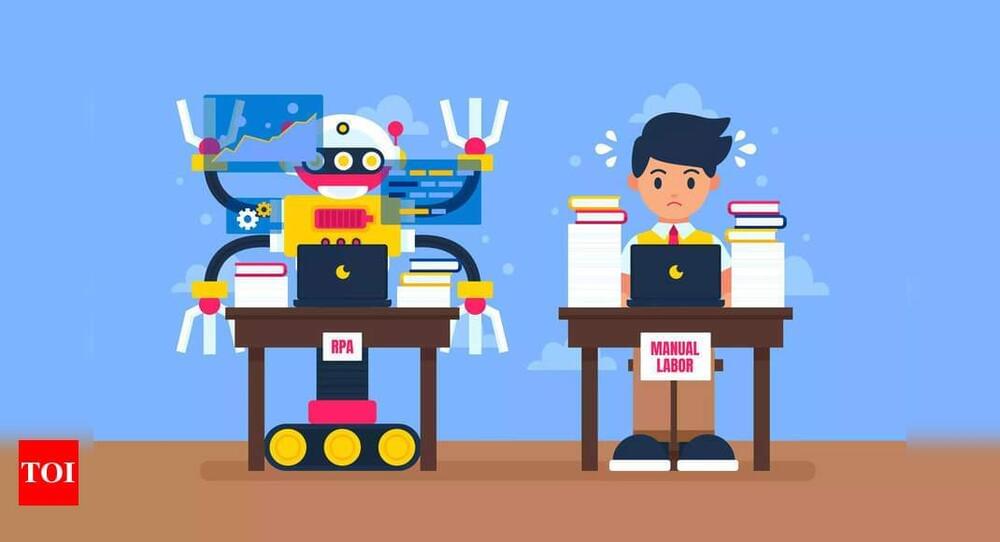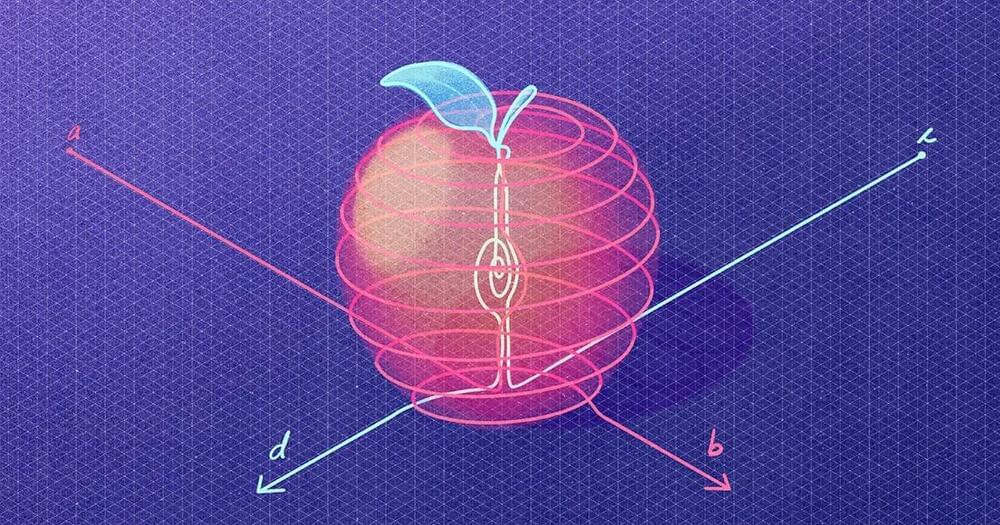But that’s not true. There are concrete things regulators can do right now to prevent tech companies from releasing risky systems.
In a new report, the AI Now Institute — a research center studying the social implications of artificial intelligence — offers a roadmap that specifies exactly which steps policymakers can take. It’s refreshingly pragmatic and actionable, thanks to the government experience of authors Amba Kak and Sarah Myers West. Both former advisers to Federal Trade Commission chair Lina Khan, they focus on what regulators can realistically do today.
The big argument is that if we want to curb AI harms, we need to curb the concentration of power in Big Tech.







